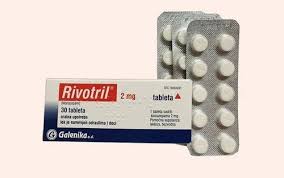Lantus SoloStar is a brand name for insulin glargine, a long-acting insulin used to manage blood sugar levels in people with diabetes. It is designed to provide a steady, consistent release of insulin over a 24-hour period, helping to control blood glucose levels throughout the day and night.
Key Aspects of Lantus SoloStar:
- Uses:
- Type 1 Diabetes: Used as a basal insulin to help maintain blood glucose levels in people who require insulin to manage their condition.
- Type 2 Diabetes: Used in conjunction with oral diabetes medications or other insulin to help control blood sugar levels.
- How It Works:
- Lantus SoloStar contains insulin glargine, which is a modified form of insulin that provides a slow, steady release of insulin into the bloodstream. This helps to mimic the body’s natural insulin release and maintain a consistent blood glucose level.
- Dosage:
- Administered as a subcutaneous injection, typically once daily. The dosage depends on individual blood glucose levels, insulin sensitivity, and specific diabetes management needs.
- It should be injected at the same time each day for optimal effectiveness.
- Common Side Effects:
- Low blood sugar (hypoglycemia)
- Injection site reactions (e.g., redness, swelling, or pain)
- Weight gain
- Serious Side Effects (rare):
- Severe hypoglycemia
- Allergic reactions (e.g., rash, itching, or swelling)
- Fluid retention and swelling
- Precautions:
- Regular monitoring of blood glucose levels is necessary to adjust the dosage and prevent hypoglycemia.
- Dosage adjustments may be needed during times of illness, stress, or changes in physical activity.
- It should not be mixed with other insulins or solutions.
- How to Use:
- Inject Lantus SoloStar under the skin of the thigh, abdomen, or upper arm.
- Follow proper injection techniques and rotate injection sites to avoid lipodystrophy (abnormal fat deposits).
Lantus SoloStar is designed to provide a stable level of insulin in the body, helping to manage diabetes with less frequent dosing compared to short-acting insulins. It is typically used as part of a comprehensive diabetes management plan that includes diet, exercise, and regular monitoring of blood glucose levels.























































